Food web
Introduction
A food web is a complex network of feeding relationships among different species within an ecological community. Each species, or node, in the web represents a unique trophic, or feeding, level. The connections between these nodes represent the transfer of energy and nutrients from one organism to another. This intricate system of energy flow is crucial for the stability and diversity of ecosystems.
Structure of a Food Web
The structure of a food web is determined by the feeding relationships among the species within an ecosystem. These relationships can be categorized into three main types: predation, parasitism, and mutualism.
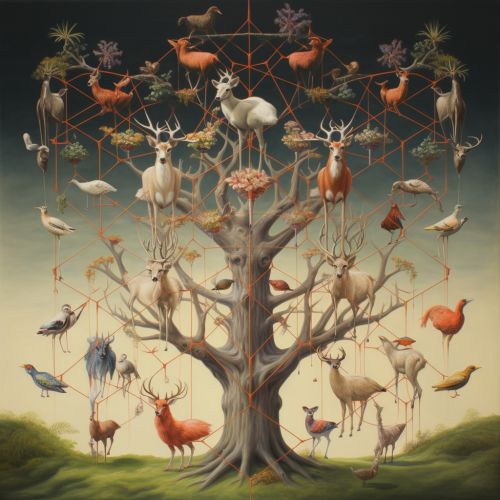
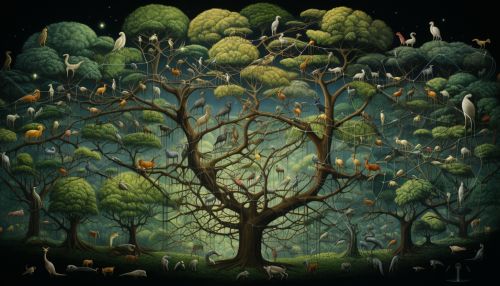
Predation
Predation is a relationship where one organism, the predator, kills and consumes another organism, the prey. This is the most straightforward and common type of feeding relationship in a food web. Predators are typically larger and more powerful than their prey, and they play a crucial role in controlling the population sizes of lower trophic levels.
Parasitism
Parasitism is a relationship where one organism, the parasite, benefits at the expense of another organism, the host. Unlike predation, the host is not immediately killed, but is often weakened and may eventually die as a result of the parasitic relationship.
Mutualism
Mutualism is a relationship where both organisms benefit from the interaction. This type of relationship is less common in food webs, but it still plays a significant role in the transfer of energy and nutrients within an ecosystem.
Trophic Levels
Trophic levels are the hierarchical levels of a food web, based on the organism's position in the food chain. Each level represents a step in the transfer of energy and matter from the lowest level, the producers, to the highest level, the apex predators.
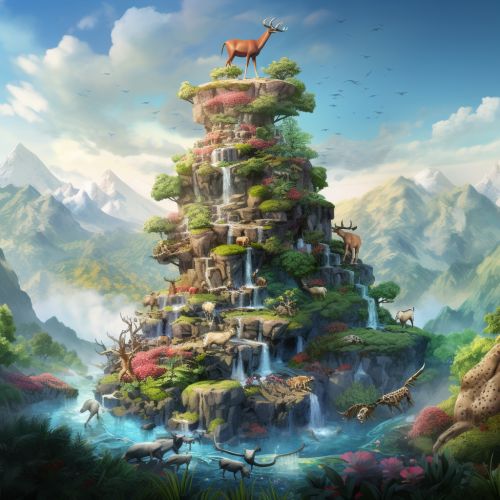
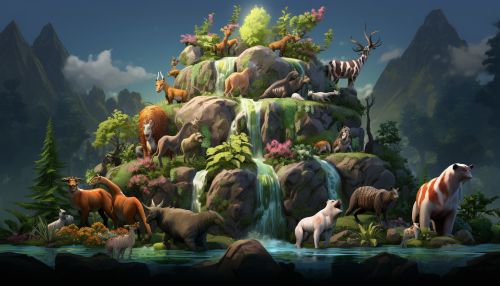
Producers
Producers, or autotrophs, are organisms that can produce their own food through the process of photosynthesis or chemosynthesis. They form the base of the food web, providing energy and nutrients for all other organisms.
Primary Consumers
Primary consumers, or herbivores, are organisms that feed directly on producers. They convert the energy and nutrients from plants into a form that can be used by other animals.
Secondary and Tertiary Consumers
Secondary consumers are predators that feed on primary consumers, while tertiary consumers feed on secondary consumers. These organisms are also known as carnivores and omnivores.
Decomposers
Decomposers, or detritivores, are organisms that feed on dead organic material, breaking it down into simpler substances that can be reused by producers. They play a crucial role in recycling nutrients within the ecosystem.
Energy Flow
Energy flow in a food web starts with the sun's energy being captured by producers through photosynthesis. This energy is then passed up the food chain as organisms consume those below them. However, not all energy is transferred from one trophic level to the next. Some energy is lost as heat due to metabolic processes, while some is used for growth and reproduction. This is known as the ten percent law, which states that only about 10% of the energy at one trophic level is available to the next level.

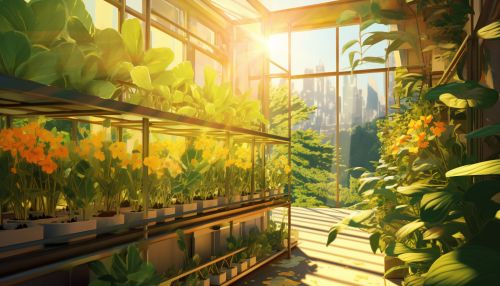
Food Web Dynamics
Food web dynamics refer to the complex interactions and changes that occur within a food web over time. These dynamics can be influenced by a variety of factors, including changes in species abundance, introduction or removal of species, and environmental changes.
Stability and Complexity
The stability of a food web is determined by its complexity, which is a measure of the number of species and the number of connections between them. In general, more complex food webs are considered to be more stable, as they have more pathways for energy flow and are therefore more resilient to disturbances.
Top-Down and Bottom-Up Control
Top-down control refers to the influence of predators on the structure of a food web. Predators can control the population sizes of their prey, which can have cascading effects on the lower trophic levels. Conversely, bottom-up control refers to the influence of producers on the structure of a food web. Changes in the abundance or productivity of producers can affect all higher trophic levels.
Trophic Cascades
A trophic cascade is a phenomenon where changes at one trophic level cause significant effects on other levels. For example, the removal of a top predator can lead to an increase in the population of its prey, which can then overexploit their own food resources, leading to a cascade of effects down the food chain.
